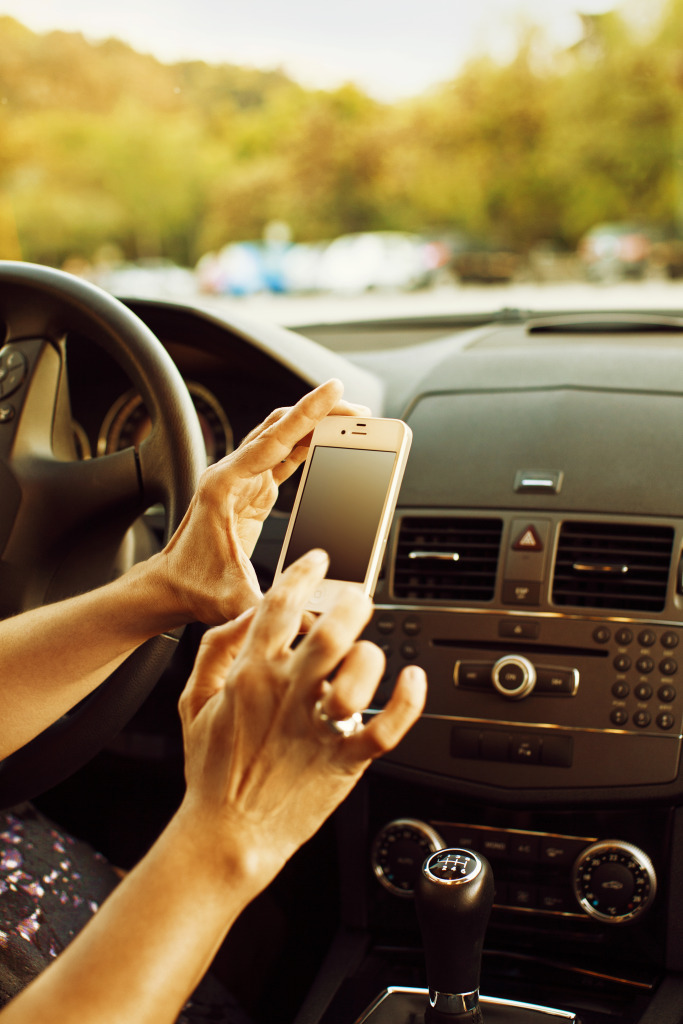One of the peculiarities of human nature is just how bad people tend to be at assessing risk and – even when the true level of risk is pointed out to them – of acting on that information.
There are a number of reasons for this. The first is ignorance; which is also the easiest to understand and excuse. Until you know that something is dangerous, you cannot act to minimise its dangers. In previous centuries, people were unaware of many hazards and their causes, but when they discovered, for example, how cholera was spread, or that lead water pipes were dangerous, steps were taken to reduce risk from those quarters.
A more persistent factor is the inability of many people to assess relative likelihoods accurately (the best-known illustration of which is the Monty Hall problem, which has tripped up even professional mathematicians).
Anyone who goes to the corner shop and buys both cigarettes and a lottery ticket is guilty of this sort of thinking. The chances of cigarettes leading to serious health damage are fairly high – certainly much more dangerous than most everyday activities – while the chances of winning the lottery jackpot are vanishingly small.
It is the everyday nature of the activity, however, which often provides a third reason why we’re bad at assessing risk. Many people are nervous about flying, which is statistically the safest form of transport, but don’t worry about getting into their cars, though road traffic accidents are the most common cause of premature death in almost all developed countries. Familiarity breeds complacency.
Fortunately, the analysis of risk often provides solutions. Motor manufacturers have used that analysis to make technical improvements that greatly increase vehicle safety, while there have also been advances in technology to discourage dangerous driving (notably the impact of safety cameras on speeding).
There are other, non-technical, improvements. Education, changed social attitudes and peer pressure have done at least as much as the breathalyser to reduce drink driving. But technological innovations and changing habits can create new problems as well as solutions – something which has undoubtedly happened over the past few years with smartphones.
The near-ubiquity of mobile phones and the fact that they have so rapidly pushed themselves into every aspect of our lives is a major threat to road safety. Though that’s something most of us acknowledge objectively, it is, unfortunately, not reflected in driver behaviour.
In a poll conducted in the United States, 94% of teenagers favoured prohibiting texting while driving – the same as the proportion of all drivers who wanted it banned – yet 35% of them admitted having done it. In America alone, texting while driving kills 11 teenagers every day; at any given moment in daylight hours, 660,000 drivers are using a mobile phone; texting while driving increases the time drivers’ eyes are off the road by 400% and makes them 23 times as likely to have an accident.
The most recent figures, from 2011, suggested that almost a quarter of all car accidents in the USA involved mobile phone use, while 21% of fatal accidents amongst teenagers involved being distracted by them. In all, 3,331 people were killed and 387,000 injured in accidents involving a distracted driver that year (the figures were similar the previous year).
And amongst all the possible causes of driver inattention to the road, phones are a unique case. The whole purpose of a phone is to distract you; its entire raison d’être is to get you to switch your attention towards it.
Drivers already recognize this, as shown by the almost universal disapproval of texting while behind the wheel. But as the survey of teenagers shows, behaviour does not match up to this theoretical condemnation. There are already lobbying groups, road safety campaigns and public service announcements attempting to tackle this disparity, but, as with attitudes towards drink driving or seatbelt use, it is likely to take some time before people accept in practice a restriction that they mostly already approve of in theory.
If texting while driving doesn’t yet attract the same social stigma as, say, drunk driving, but is regarded as a minor infringement, an increase in preventable deaths on the roads is more or less assured. The challenge is to find the mechanisms to make dangerous phone use widely unacceptable. While social consensus is almost certainly the most effective in the long run, it takes time to become the norm, and usually other forms of encouragement.
The obvious, but blunt, instrument is the law. That means greater reporting and enforcement of infringements in territories which already have rules, and new laws in places which don’t. But to be effective it also probably means stricter punishment, and pursuing cases which did not, in fact, result in accidents – something which is likely to meet with resistance, and which – given the degree to which many drivers indulge in such behaviour, even though they acknowledge the danger – would also be a considerable burden on the courts and police.
It may be, in the end, that the problems posed by smartphones will also have to involve a technical solution. If the technology has caused such a transformation in our behaviour that it poses a major hazard, and creates a huge toll in human suffering, the technology may have to be adapted to prevent those risks from arising.
In other words, if we won’t stop using mobile devices in dangerous situations, and if the law and the authorities don’t have the opportunity and resources to save us from ourselves, we may get to the point where manufacturers have to find a way to ensure that we can’t use phones in cars at all.




